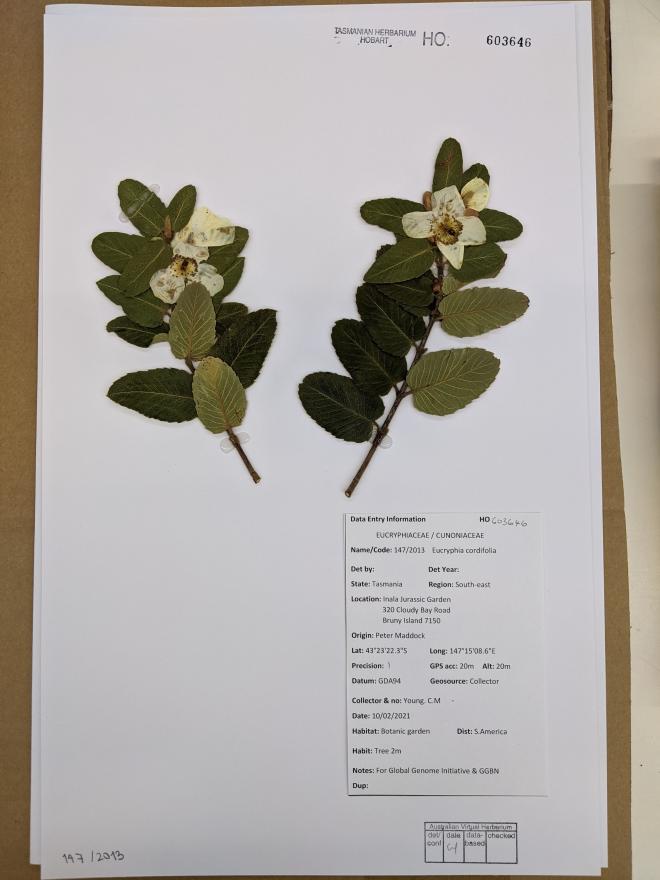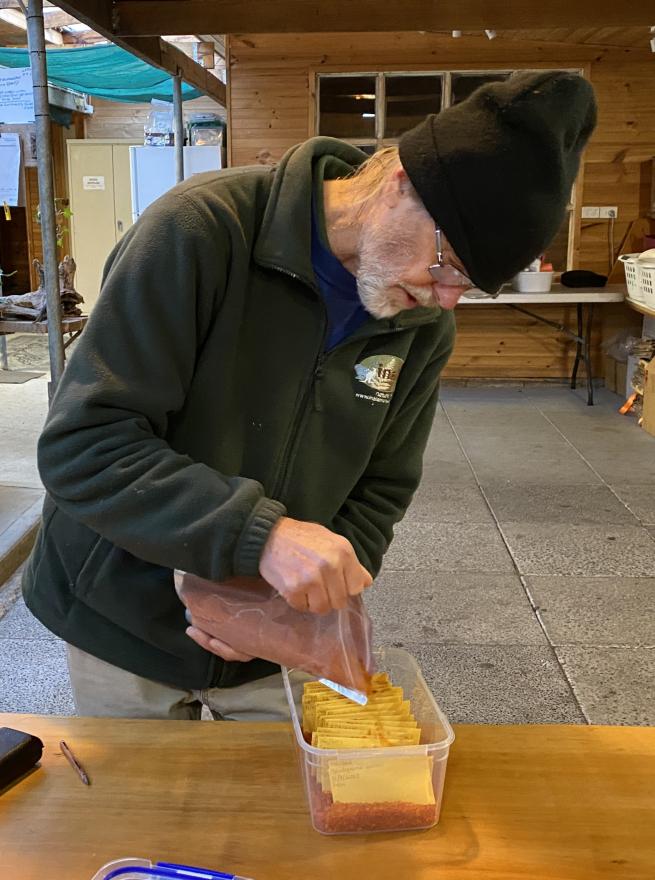Filter Categories
All AustralianTours
Garden News
General News
Information
Sort By Title
We collected material from approximately 100 plant species growing in the Jurassic Garden, to contribute to the Global Genome Biodiversity Network database.
This program was funded by the Global Genome Initiative (GGI-Gardens) and the United States Botanic Garden (USBG) and is administered through the Botanic Gardens Conservation International (BGCI) Global Botanic Garden Fund. We are proud members of BGCI and GGBN.
Inala Jurassic Garden is the only botanic garden in Australia, and one of just fourteen in the world, to receive a 2021 GGI-Gardens Award to help preserve genetic plant material. The Jurassic Garden was again successful as one of only ten in the world in obtaining GGI funding in 2023 to preserve a further 27 plant specimens from the garden.
The GGI-Gardens Awards Program aims to promote partnership activities to preserve and understand Earth’s genomic biodiversity of plants. The Program provided funding to support sampling activities from living collections with unique families and genera of vascular plants not yet represented in Global Genome Biodiversity Network (GGBN) biorepositories.
We identified that Inala Jurassic Garden successfully grows over 100 plant specimens that were not included in GGBN biorepositories in our living collection. Over the course of 2021 we collected approximately 100 living samples from these plants and a further 27 specimens were collected in 2023. Specimens were dried, pressed, mounted on specialised paper and labelled. Additional genetic samples of each specimen were also taken and dried in silica gel. The completed herbarium vouchers and genetic samples are now located in the Tasmanian Herbarium in Hobart for storage and study, and all information provided to GGBN for inclusion in their database, publicly accessible via the GGBN Online Portal.

Herbaria are essential for the study of plant taxonomy or systematics—the study of finding, identifying, describing, classifying, and naming plants—as well as understanding the geographic distribution of plants. Specimens in herbaria are very useful to identify plants growing here or elsewhere. Plant specimens preserved in an herbarium represent the best record of the plant’s original distribution. We can use this information to understand changes due to habitat loss, climate change or other impacts by humans.

Inala Nature
320 Cloudy Bay Road, Lunawanna
South Bruny Island 7150
Tasmania, Australia
Travel Vault policy certificate number:
EV2203UKFI0166
Phone: +61 3 6293 1217
Inala Nature acknowledge and pay respects to the palawa people as the traditional and original owners, and continuing custodians of this land, lutruwita, and acknowledges Elders - past and present. Inala Nature Tours and the Inala Foundation Inc are located on lunawanna- alonnah, also known as Bruny Island, the traditional land of the Nuenonne people.